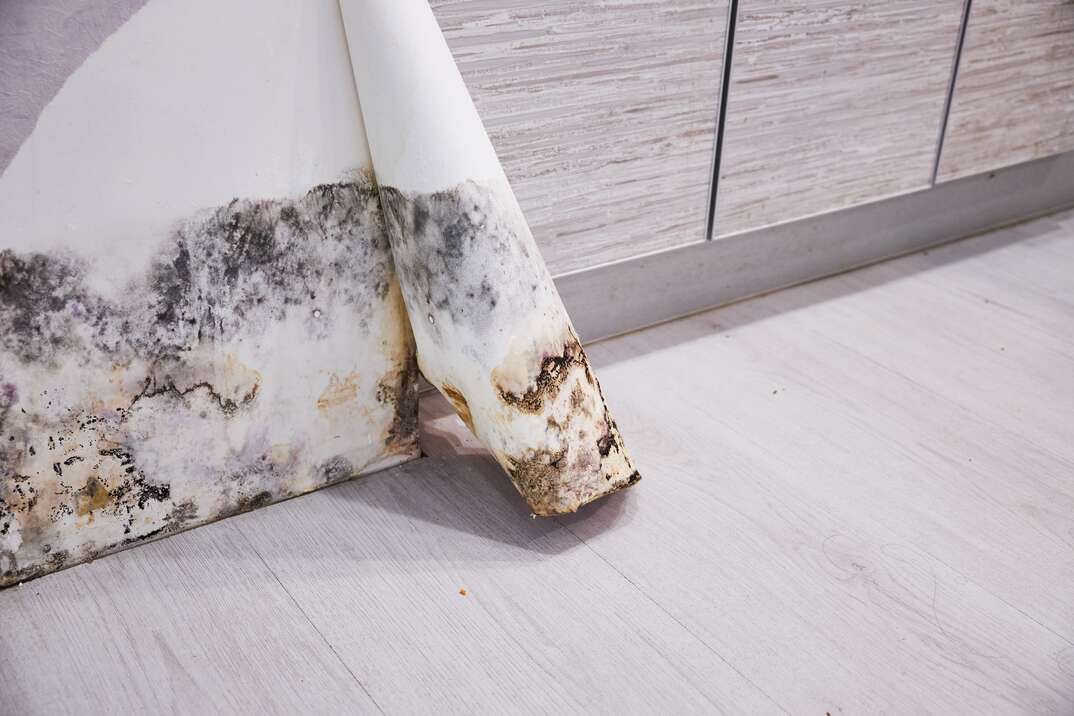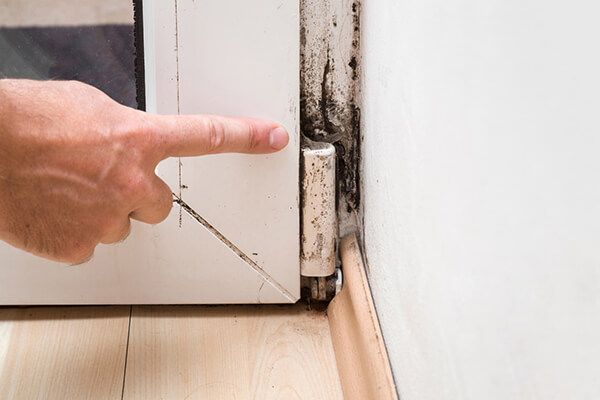Testing Air Quality After Mold Remediation
Testing Air Quality After Mold Remediation
Blog Article
Your Ultimate Overview to Article Mold And Mildew Remediation Techniques
In the results of mold and mildew invasion, knowing exactly how to effectively remove the mold and mildew and prevent its reoccurrence is vital for keeping a healthy indoor atmosphere. From picking the right cleaning and decontaminating approaches to implementing methods for lasting mold and mildew prevention, each action in the removal trip plays a vital duty in making sure an effective outcome.
Recognizing Post-Mold Remediation Process
After completing the mold remediation procedure, it is crucial to understand the post-mold removal strategies that are necessary to ensure a comprehensive and effective cleaning. When the mold has been removed, the next action entails cleansing and sanitizing the influenced locations to stop any kind of regrowth of mold and mildew. This consists of making use of specialized cleansing agents to wipe down surfaces and kill any type of staying mold spores. It is necessary to dry out the location totally to prevent the development of mold and mildew in the future (Post Mold Remediation). Appropriate ventilation and dehumidification can assist in this process.
In addition, carrying out a last inspection post-remediation is important to make certain that all mold has been efficiently eradicated. This assessment should include an extensive aesthetic check as well as potentially air tasting to confirm the absence of mold and mildew spores in the air. Extra remediation may be necessary if the inspection reveals any type of sticking around mold. Educating owners on precautionary measures such as regulating moisture levels and immediately addressing any type of water leaks can assist preserve a mold-free atmosphere.
Reliable Cleaning Up and Sanitizing Techniques

Protecting Against Future Mold And Mildew Development

Relevance of Appropriate Air Flow
Correct ventilation plays a vital role in protecting against wetness buildup, a key consider mold development within indoor atmospheres. Efficient air flow systems help eliminate excess moisture from the air, minimizing the chances of mold and mildew spores locating the wetness they require to spread and sprout. Without sufficient ventilation, interior areas can become a breeding place for mold and mildew, causing potential wellness dangers and structural damages.
By ensuring proper air blood circulation, air flow systems can likewise aid in drying out moist locations more promptly after water damage or flooding occurrences, better deterring mold growth. Post Remediation verification. Precede like washrooms, kitchens, basements, and attics where dampness degrees often tend to be greater, mounting and keeping reliable air flow systems is critical in avoiding mold invasions

Monitoring and Maintenance Tips
Provided the critical function that correct air flow plays in stopping mold development, it is crucial to develop efficient surveillance and maintenance suggestions to ensure the continued capability of ventilation systems. Tracking humidity levels within the home is likewise critical, as high humidity can contribute to mold growth. By staying proactive and alert to the problem of ventilation systems, residential property owners can efficiently reduce the risk of mold and mildew regrowth and preserve a healthy and balanced indoor setting.
Final Thought
Finally, post-mold remediation methods are necessary for ensuring a secure and tidy environment. Comprehending the process, applying reliable cleansing and disinfecting approaches, stopping future mold growth, maintaining appropriate ventilation, useful reference and normal surveillance are all essential action in the removal procedure. By complying with these guidelines, you can successfully remove mold and avoid its return, advertising a healthy living or working space for all passengers.
In the results of mold infestation, recognizing exactly how to properly get rid of the mold and mildew and prevent its reoccurrence is paramount for keeping a healthy interior setting. As soon as the mold has actually been removed, the next action involves cleansing and disinfecting the affected locations to avoid any type of regrowth of mold and mildew - Post Remediation Inspection near me. After removing visible mold and why not try this out mildew growth, it is vital to clean up all surface areas in the damaged location to get rid of any type of continuing to be mold and mildew spores. To even more improve mold avoidance actions, it is vital to address underlying issues that at first led to mold advancement.Given the essential role that correct ventilation plays in stopping mold growth, it is vital to establish reliable tracking and maintenance ideas to make certain the ongoing performance of air flow systems
Report this page